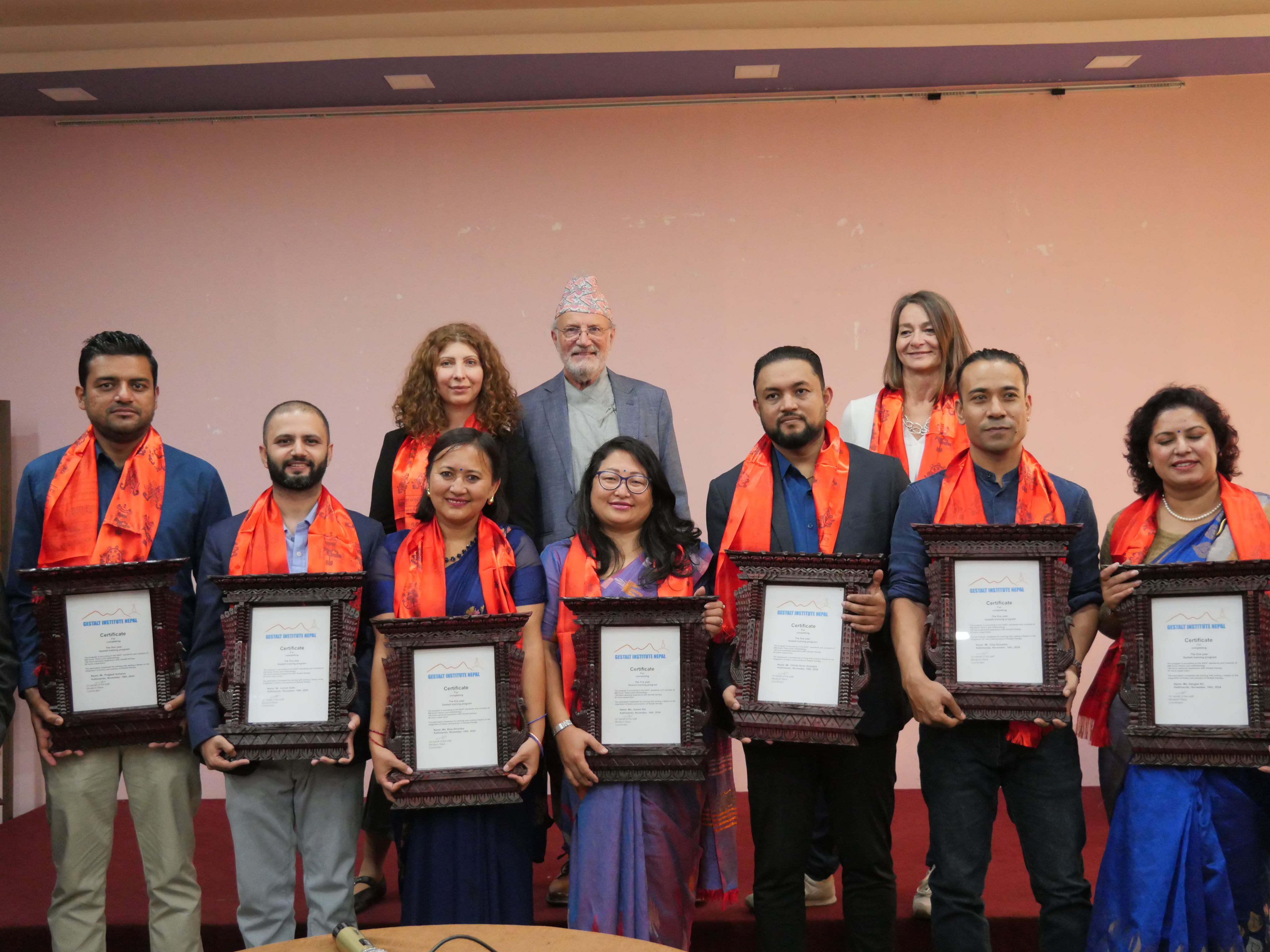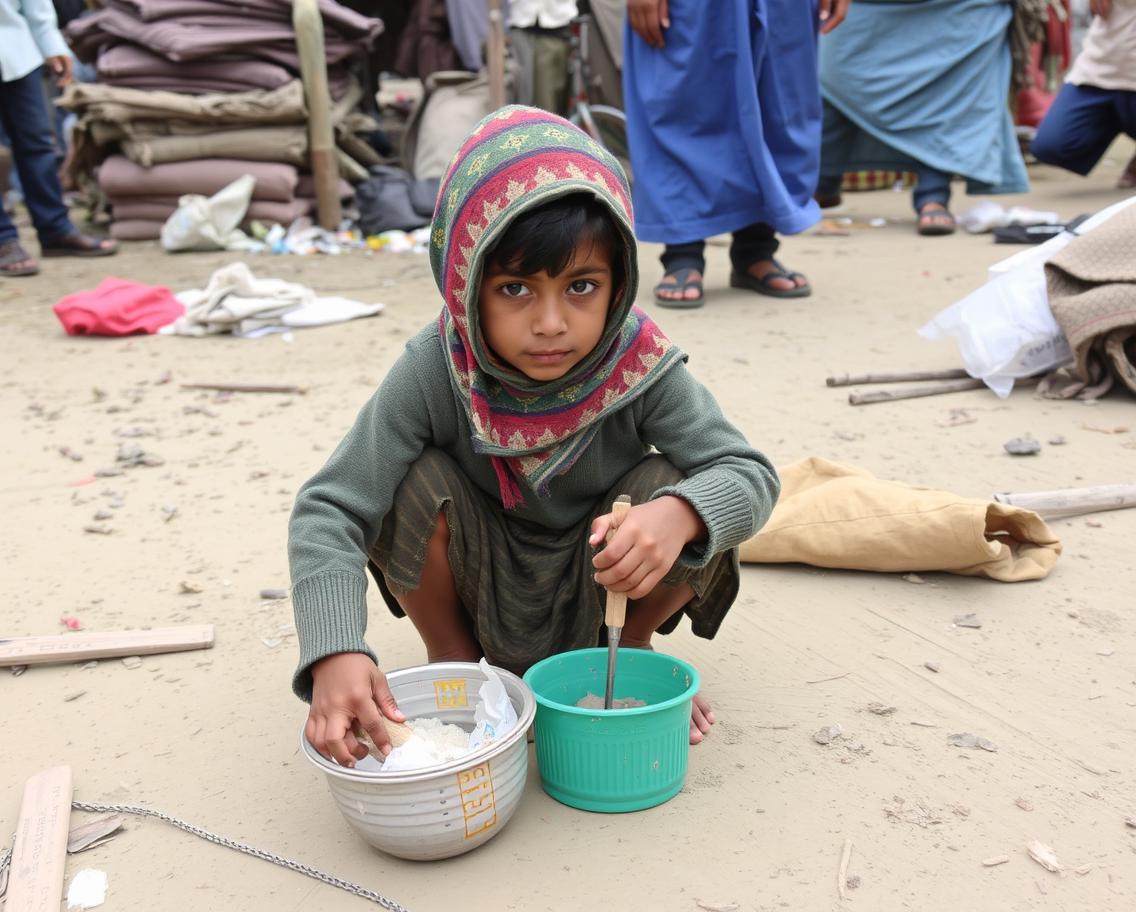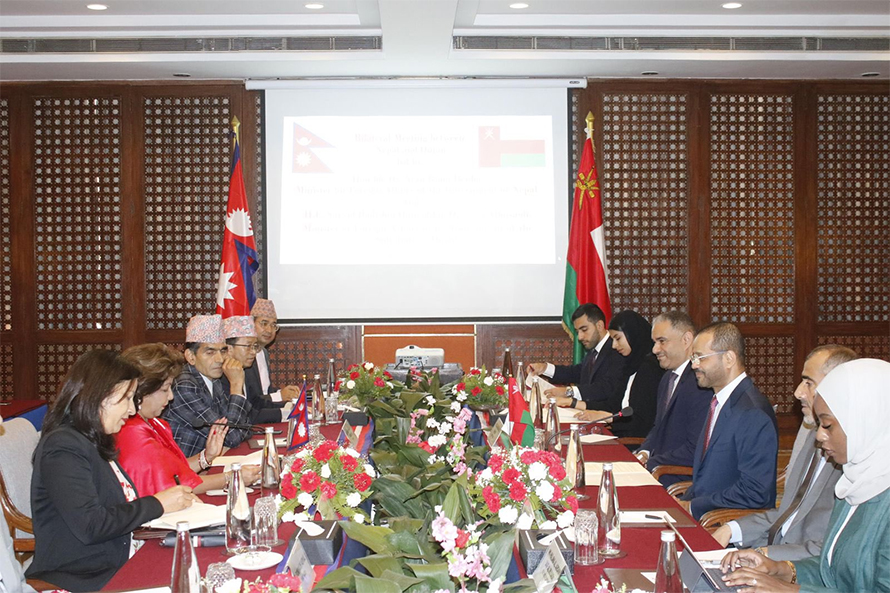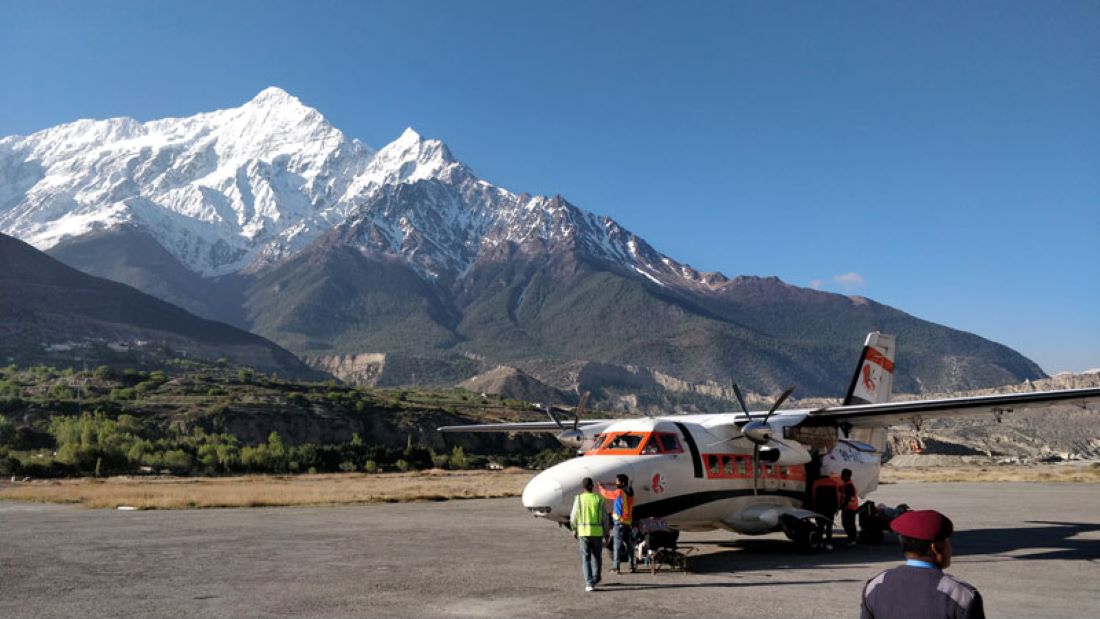Reviving Hope: How Riverbed Farming is Transforming Lives in Madhesh Province
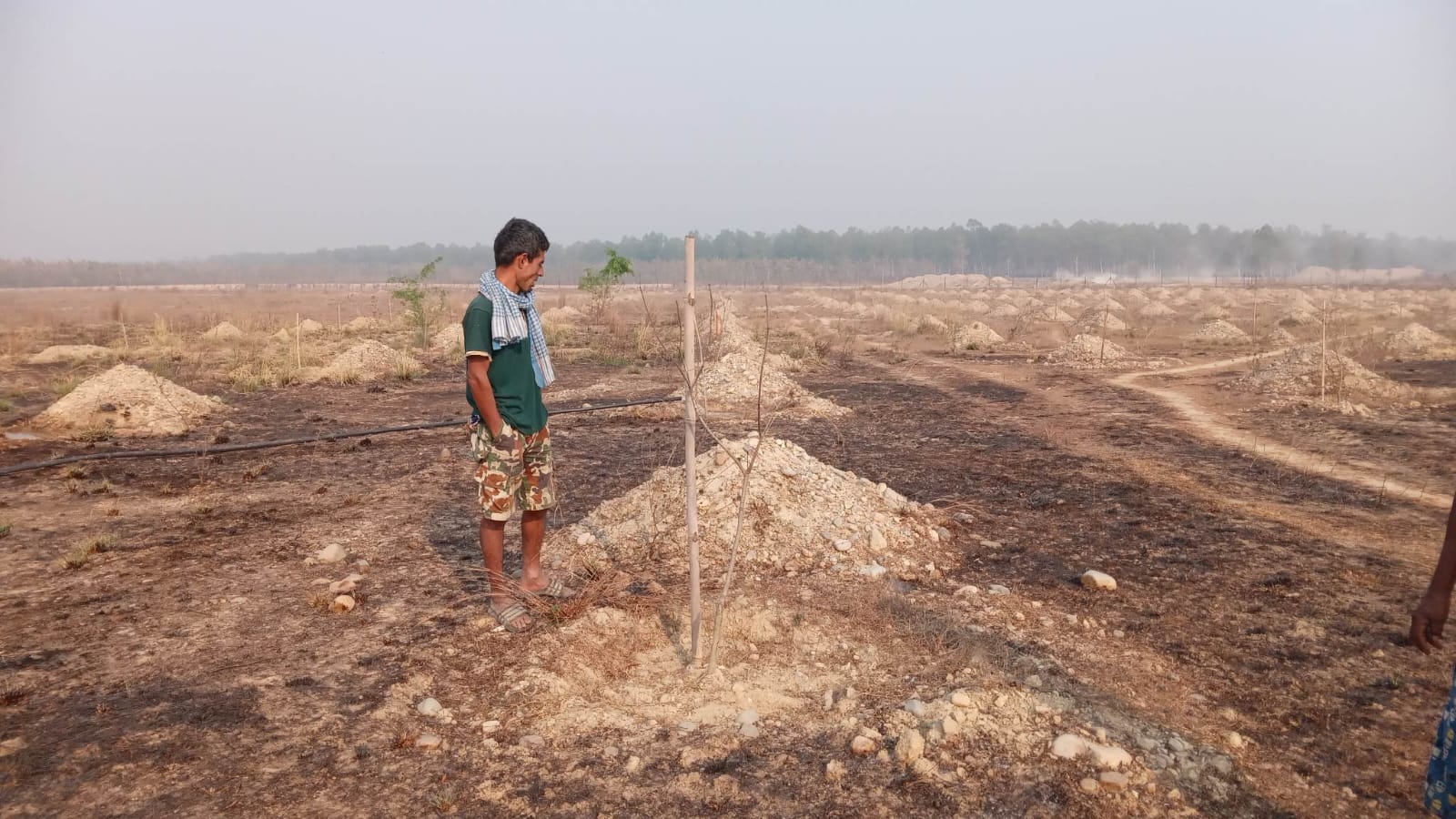
Kathmandu – At first glance, the barren riverbeds of Madhesh Province may seem like wastelands, remnants of destructive floods and sedimentation. But for 243 farmers in the Kamala River basin, these barren stretches have become a lifeline, offering a second chance at livelihood and prosperity.
The transformation of the Kamala River basin, once covered with sand dunes and wild grass, began with a pioneering program known as Bagar Farming. Supported by the Community Development and Advocacy Forum Nepal, Karjanha Municipality, and UNDP, this initiative has turned 116 bighas (approximately 19 hectares) of unproductive land into fertile grounds for vegetable and fruit farming. The program not only generates income for farmers but also provides consumers with pesticide-free produce.
“We never imagined these lands could yield crops,” says Nagdev Yadav, President of the Community Development and Advocacy Forum Nepal. “It’s proof of what can happen when determination meets innovative thinking.”
A Model for Sustainable Agriculture
The barren riverbeds of Madhesh Province are not unique to the Kamala River. Across the province, nearly 7,000 hectares of arable land have turned into unproductive stretches due to climate change and flooding, according to studies by the Chure Conservation Program. This loss, equivalent to about 27,592 bighas, poses a significant challenge to food security and livelihoods in the region.
Recognizing this issue, local governments and NGOs have begun advocating for Bagar Farming as a solution. By providing farmers with long-term leases on these lands—such as the 25-year agreements in Karjanha Municipality—local authorities aim to encourage agricultural development while addressing the needs of landless families.
The Power of Policy
Agriculture experts believe that riverbed farming could be a game-changer if institutionalized at the policy level. Dr. Ram Krishna Shrestha from the Ministry of Agriculture highlights its potential to reclaim barren land and meet the growing demand for food. “This is not just an agricultural issue; it’s a socioeconomic opportunity that can uplift thousands of families,” he explains.
Despite its promise, the program faces challenges due to limited policy continuity and institutional support. While initial guidelines were introduced in 2018, their implementation has been sporadic. Stronger coordination among municipal, provincial, and federal governments is needed to scale up the initiative effectively.
Voices of the Farmers
Farmers participating in the program have seen firsthand how transformative bagar farming can be. “We now have a stable source of income and food,” says one farmer, reflecting on how the program has given him and his family a new sense of security.
Yet, the challenges remain. Access to electricity and irrigation infrastructure is still limited, and farmers worry about what will happen once their 25-year lease agreements expire. “We’ve worked hard to make this land productive. We hope the government ensures our rights to continue farming here,” another farmer shares.
Looking Ahead: A Call for Action
To sustain these efforts, experts like UNDP Policy Advisor Bijay Singh stress the importance of institutionalizing the practice through integrated policies. “These programs need long-term planning and investment to ensure they don’t fade away after initial successes,” Singh notes.
Mayor Bhola Prasad Pokhrel of Karjanha Municipality echoes this sentiment. While celebrating the program’s achievements, he emphasizes the need for provincial and federal support to resolve infrastructure issues and ensure farmers’ long-term security.
Turning Barren Lands into Prosperity
The journey of the Kamala River basin from desolation to productivity is a testament to the power of innovative thinking and collaborative effort. With its potential to improve livelihoods, ensure food security, and address landlessness, Bagar Farming offers a blueprint for sustainable development in Madhesh Province and beyond.
The barren riverbeds may once have symbolized despair, but today, they stand as a beacon of hope—proof that with the right policies and support, even the most challenging landscapes can be transformed into opportunities for growth and prosperity.
Trending
Related News
Latest
-

Riddara RD6 EV Pick Up Launches Exchange Offer In Nepal
-

Shop More, Save More with Daraz Nepal’s 5.5 Best Price, Best Deals
-

Unveiling the Galaxy S25 Ultra 1TB: Samsung’s Tera-fic New Flagship Variant Kicks Off the New Year with Unprecedented Storage Power
-
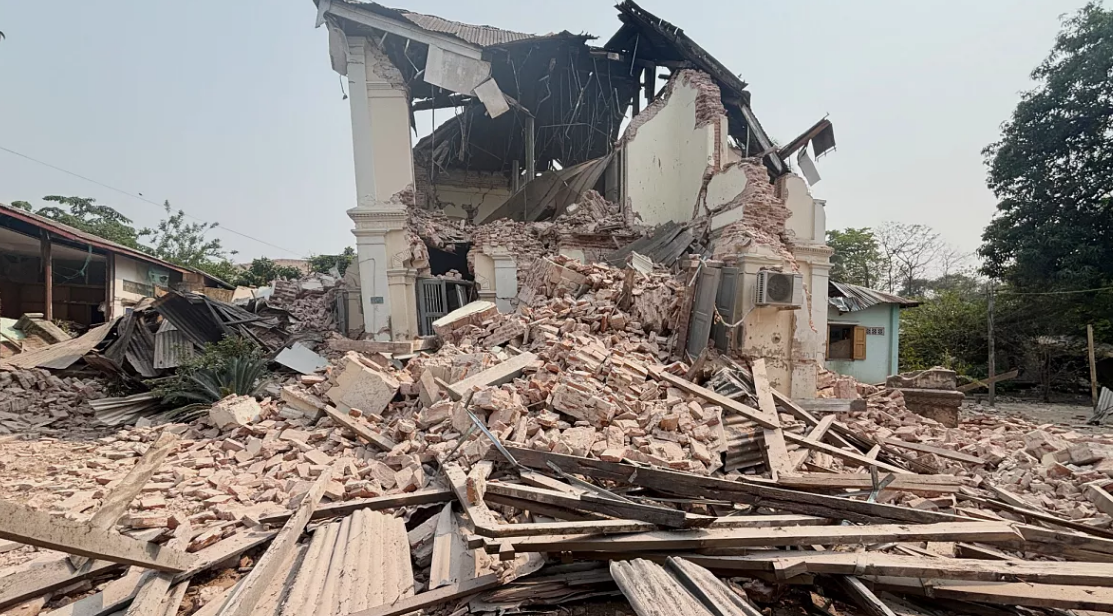
UK announces £10 million for Myanmar quake relief
-

World Bank Approves financing package of 150 Million USD to Nepal



